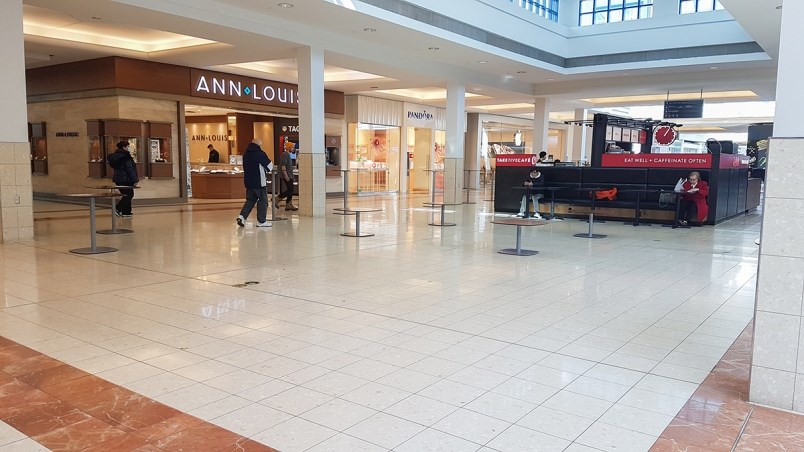New data is showing how British Columbians have responded to the COVID-19 pandemic, with people making less trips to work and grocery stores, and spending more time at home or in public parks.
Google is compiling and sharing users’ anonymized location data to help public health officials and governments shape their response to the COVID-19 pandemic.
That data shows just how much the lives of British Columbians have changed due to physical distancing measures implemented by the province and federal government – such as ordering some businesses to close or limit operations, and urging people to stay home as much as possible – to combat the spread of the coronavirus.
In Canada, the impact of those measures is particularly seen between Mar. 8 and Mar. 29, .
When compared to a baseline developed by the company, visits to places of work are down 47 per cent in B.C., while time at home has increased by 13 per cent.
Other provinces that saw the largest decrease in trips to the office are Ontario (down 46 per cent) and Quebec (down 45 per cent).
There’s also less trips to B.C.’s retail shops and recreation locations, as well as groceries and pharmacies, which are down by 54 per cent and 28 per cent, respectively.
But British Columbians are now spending more time in parks – those visits are up by 27 per cent – compared to some other provinces, which have seen a decline in visits to parks along with trips to work, groceries or retail stores.
In Manitoba, park visits are down nine per cent and staying home up 11 per cent, while Alberta’s park visits are down 23 per cent and staying at home is up 13 per cent.
There was also a rise in park visits in Saskatchewan (up 45 per cent), Nova Scotia (up 95 per cent) and New Brunswick (up 101 per cent).
When looking at the national picture, Canadians as a whole are making less trips to work (down 44 per cent), as well as to retail and recreation locations (down 59 per cent), and grocery stores and pharmacies (down 35 per cent).
Across the country, visits to parks are down 16 per cent.
Canadians are also using transit 66 per cent less, and staying home 14 per cent more.
The reports, which cover 131 countries, use aggregated and anonymized Google Maps location data to chart movement trends over time across different locations such as workplaces, groceries and pharmacies and residential, published Friday by the tech giant’s senior vice-president Jen Fitzpatrick and Dr. Karen DeSalvo, Google Health’s chief health officer.
The data, published as percentages rather than the number of total visits, shows trends over several weeks, with the most recent information between 48- to 72-hours prior.
“We hope these reports will help support decisions about how to manage the COVID-19 pandemic,” Fitzpatrick and DeSalvo say in the blog post.
“Ultimately, understanding not only whether people are travelling, but also trends in destinations, can help officials design guidance to protect public health and essential needs of communities.”
To protect people’s privacy, Google says that no personally-identifiable, such as someone’s location, contacts or movement, is made available at any point.
Read more from the



